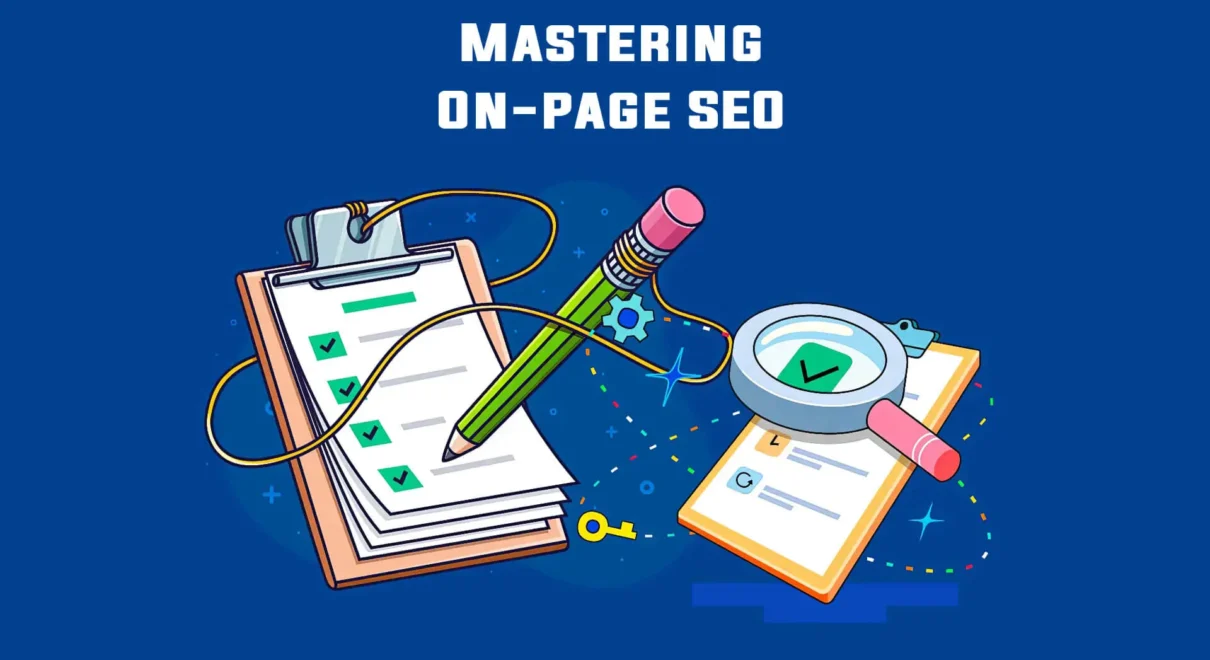In the ever-evolving landscape of online marketing, mastering on-page SEO is crucial for achieving higher search engine rankings and driving organic traffic to your website.
This comprehensive guide will walk you through the key elements of on-page SEO and provide actionable tips to optimize your content effectively.
1. Keyword Research:
Before diving into content creation, conduct thorough keyword research to identify the terms and phrases your target audience is searching for.
Use tools like Google Keyword Planner or SEMrush to discover relevant keywords with a balance of search volume and competition.
2. Title Tag Optimization:
Craft a compelling and concise title tag that includes your target keyword. Keep it under 60 characters to ensure it displays properly in search engine results.
A well-optimized title tag not only improves SEO but also entices users to click through to your page.
3. Meta Description:
Write a meta description that summarizes the content of your page and includes your primary keyword. Aim for a length of around 150-160 characters to provide a concise yet informative preview in search results.
4. Header Tags (H1, H2, H3, etc.):
Organize your content with header tags to create a hierarchy. Use a single H1 tag for the main title and incorporate H2, H3, and other header tags to structure subheadings.
This not only improves readability but also helps search engines understand the content’s hierarchy.
5. Keyword Placement:
Integrate your target keyword naturally throughout the content. Place it in the opening paragraph, headings, and throughout the body while maintaining readability.
Avoid keyword stuffing, as this can negatively impact user experience and SEO.
6. Quality Content:
Create high-quality, informative, and engaging content that satisfies user intent. The more valuable and relevant your content is, the higher the likelihood of it ranking well in search results.
Aim for comprehensive coverage of the topic and use multimedia elements like images and videos to enhance the user experience.
7. URL Structure:
Optimize your URL structure by including relevant keywords and keeping it short and descriptive.
A clean and user-friendly URL is not only beneficial for SEO but also improves the overall user experience.
8. Internal Linking:
Include internal links to other relevant pages within your website. This helps search engines navigate your site and understand the context of your content.
Additionally, it keeps users engaged and encourages them to explore more of your content.
Conclusion
By implementing these on-page SEO strategies, you can enhance your website’s visibility, attract a targeted audience, and ultimately improve your online presence.
Stay updated with the latest SEO trends and continuously optimize your content to stay ahead in the competitive digital landscape.





